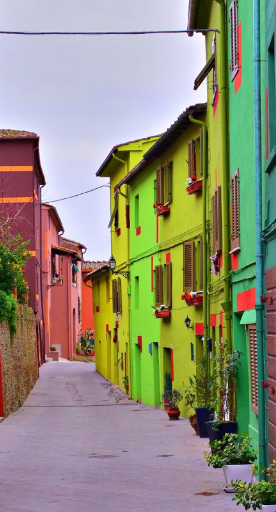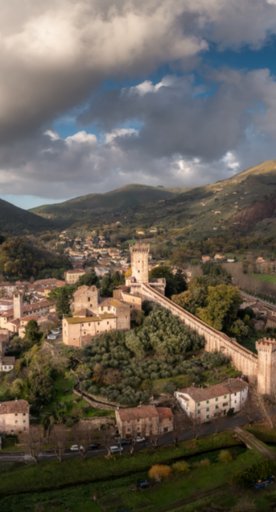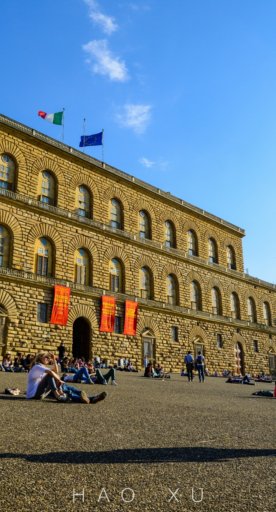
Exploring the villas and castles of Montalbano
Discover the loveliest historic buildings in the area
Medici villas, castles and centuries-old noble palaces: Montalbano brims with wonderful testimonies to the past, historic buildings immersed deep in the typical scenery of this part of Tuscany nestled between Florence, Prato and Pistoia with its rolling hills, olive groves, vineyards and villages like Vinci, the birthplace of Leonardo.
Here’s a tour to explore these architectural gems, set deep in the countryside.
-
1.Quarrata
-
2.Cerreto Guidi
-
3.Vinci
-
4.Lamporecchio
-
5.Larciano
-
6.Monsummano Terme
-
7.Capraia e Limite
Quarrata

In Quarrata you can visit the striking Medici villa La Màgia, a UNESCO World Heritage site. Once the stronghold of the Panciatichi family, it was acquired by Francesco I dei Medici in 1585 and Buontalenti engineered its conversion into a country home. The villa houses beautiful painted doors, antique furniture and stunning Italian gardens, lush with statues and lemon houses.
Also in Quarrata check out Villa Banchieri a Santonuovo and Fattoria Spalletti, one of the most important fine wine producers in the Pistoia province.
Cerreto Guidi
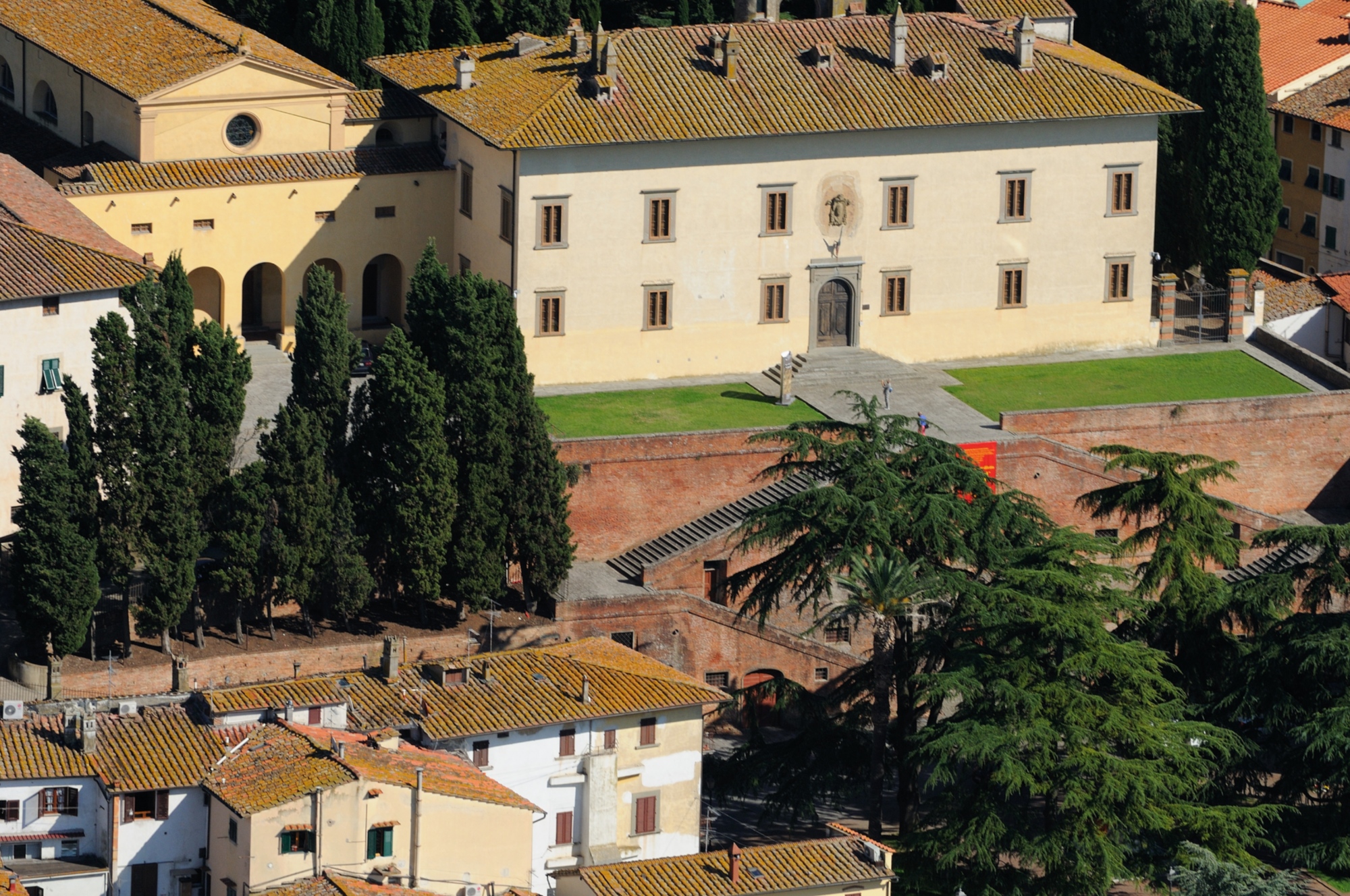
Medici villa Cerreto Guidi is a “must see” with its majestic “ramps” forming the spectacular base, traditionally attributed to Bernardo Buontalenti, and the nearby “farm”, once an orderly room and larder. The villa is now owned by the Italian state and is home to the Museum of the History of Hunting and Territory.
Also of Medici provenance is the Palazzina dei Cacciatori, erected on the wishes of Cosimo I dè Medici, and the Fattoria di Stabbia, while among the historic buildings there is the Villa di Colle Alberti, now an important winery, and the majestic Villa Mori.
Vinci

In Vinci we come across the Conti Guidi Castle, which dates to the Early Middle Ages. Its nickname is the “ship castle” because of its elongated shape and the tower makes us think of a sailing ship. Inside the castle there are frescoed and carved shields, a memory of the powers of the past, including the ceramic “Madonna with Child” by Giovanni della Robbia. In the piazza at the back, take a moment to observe “The Vinci Man”, a large wooden sculpture by Mario Ceroli inspired by Leonardo’s Vitruvian Man.
Don’t miss Villa Martelli, rebuilt in Liberty style by architect Adolfo Coppedé, and Villa Calappiano, which was a Medici hunting lodge, while Giuseppe Garibaldi was once a guest at Villa del Ferrale.
Lamporecchio

In Lamporecchio take a look at Villa Rospigliosi a Spicchio, built in 1600 on the commission of Pope Clement IX, born as Giulio Rospigliosi. Tradition has it that the Pope asked Bernini to design the villa. Admire the various frescoes in the central hall and other rooms, attributed to Ludovico Gemignani, including a “Apollo and Aurora on the sun carriage” and allegories of the zodiac signs. The villa stands in beautiful grounds.
Larciano
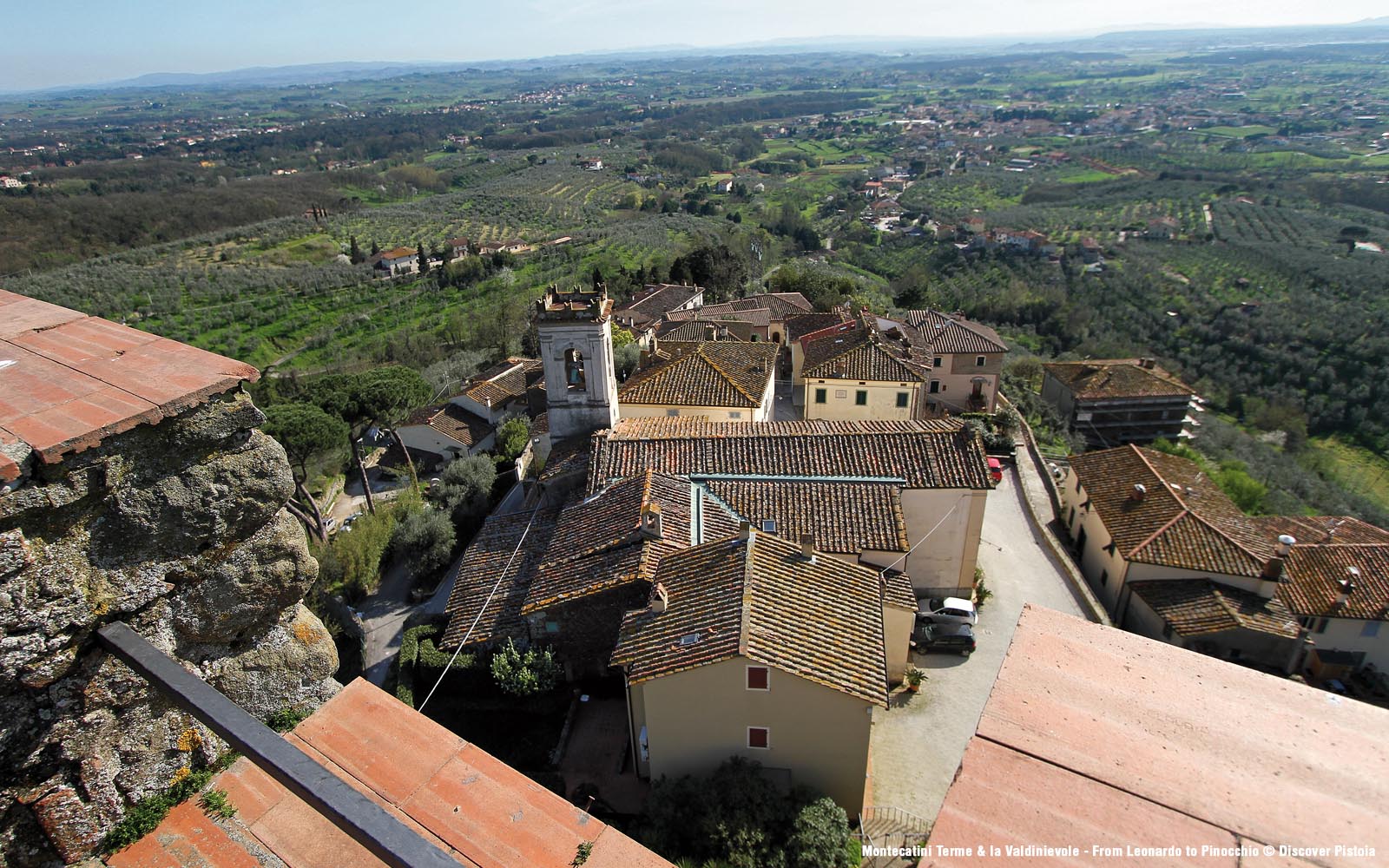
Larciano boasts a castle that dates to the 1300s, with towers at strategic points along the walls. Little of those towers remain today, apart from the 36-metre-high bridge house. Inside the stronghold, visitors can see the old cistern, which gathered rainwater, as well as the foundations of the former house of the captain of the guard. Today it houses the Civic Museum.
The origins of the smaller Castello di Cecina, a tiny hamlet near Larciano, lie in the fourteenth century, whereas in Castelmartini we find the Renaissance-style Villa Poggi Banchieri, nestled in beautiful gardens.
Monsummano Terme

In Monsummano Terme marvel at the nineteenth-century Villa Martini, an elegant and ornately decorated building surrounded by a parkland dotted with redwood and cedar trees. It is home to the Contemporary and Twentieth-Century Art Museum.
A visit to the Osteria dei Pellegrini is a must, commissioned in the 1600s by the Grand Duke Ferdinando I to provide shelter to the pilgrims travelling to the Fontenuova Sanctuary, which was later converted into a prison and now hosts the Museum of the City and Territory, the library and historical council archives of the council.
Without forgetting the Medici Villa di Montevettolini, erected on the wishes of the Grand Duke Ferdinando I de' Medici in 1597 in the foothills of Monte Albano, home to the large Barco Reale hunting reserve.
Capraia e Limite

In the little municipality of Capraia e Limite we find Villa Bibbiani, an impressive Renaissance complex famous for its grounds, commissioned by Marchese Cosimo Ridolfi and consisting of evergreens and rare species, some of which are almost 200 years old.
Particularly striking is the Monumental Door of Barco Reale Mediceo, in Poggio alla Malva, designed in irregular drafts of mixed baked stone and decorated on the outside by pietra serena cornices. Close by you can also admire Villa il Vivaio, set in a copse, originally intended to be a watch tower.













